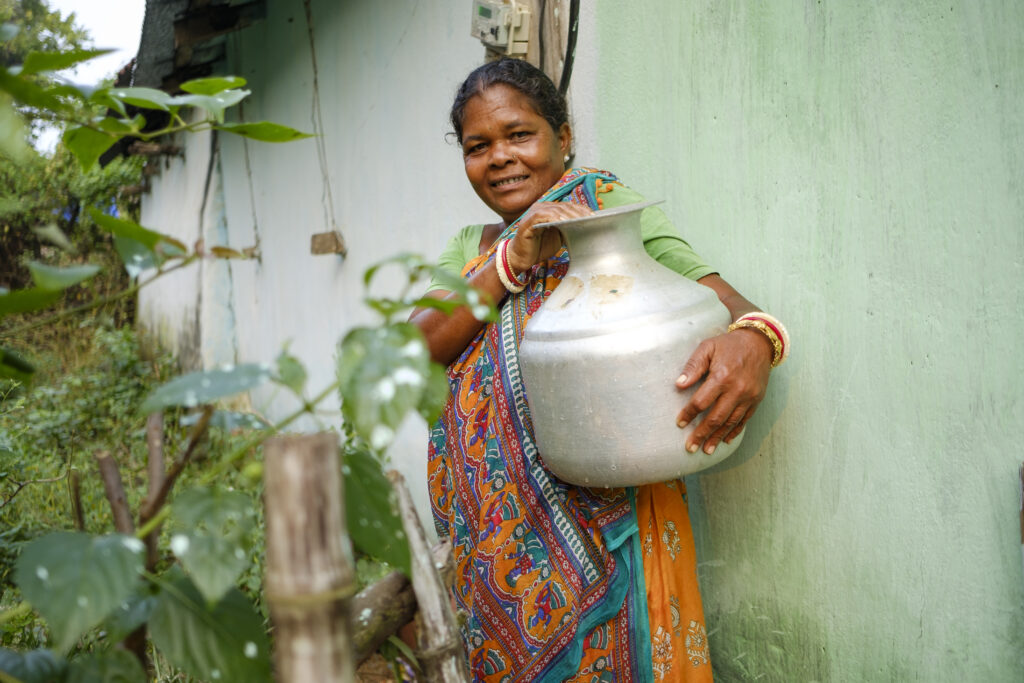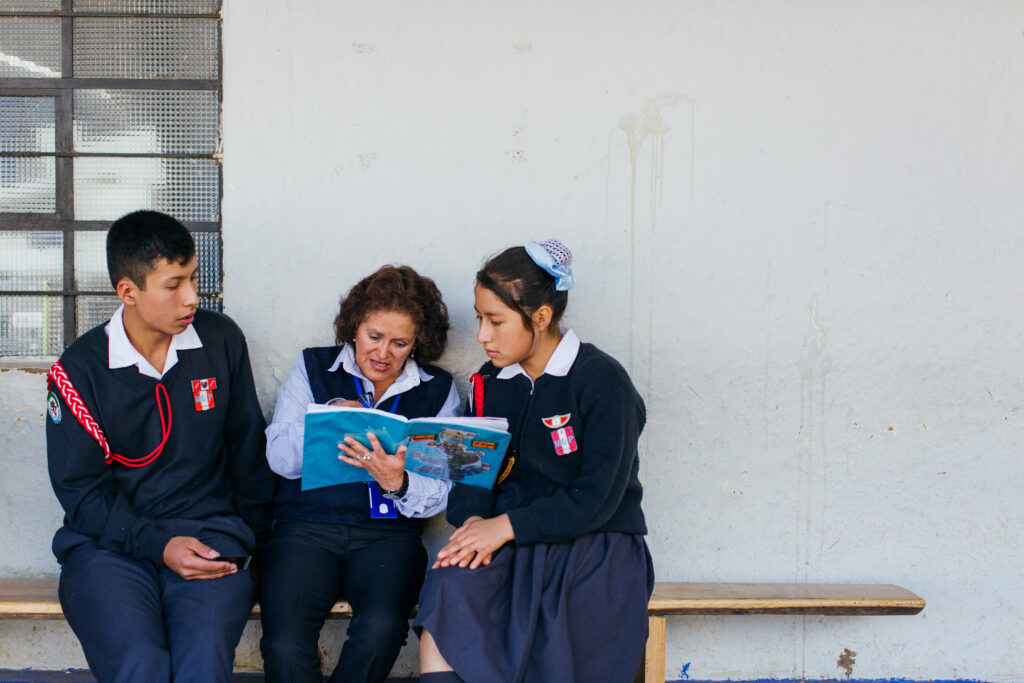by Steven Sugden, Sanitation Program Senior Manager, Water For People
Versión en español aquí.
San Bartolomé is an isolated, small town municipality deep in the Quiché department in rural Guatemala. It highlights some of the real issues many small towns are facing over the management of water and sanitation services in Guatemala, Latin America, and beyond. San Bartolomé is one of Water For People’s Everyone Forever districts, and over the years we have developed a good relationship with municipal government partners. We have supported the development of a municipal-based unit who is responsible for overseeing the municipality’s water supply and sanitation schemes. As part of a wider government funded program, a $250,000 sewage treatment plant has been constructed within the municipality including some technical support from Water For People. During a recent trip we visited the plant with Rafael, the head of Water and Sanitation at the municipality. The plant is beautiful, well-constructed, well designed, and Rafael is rightly proud of his achievement. It is one of the best I have ever seen. We estimate that the government will be spending over $70 million on similar plants across the country.
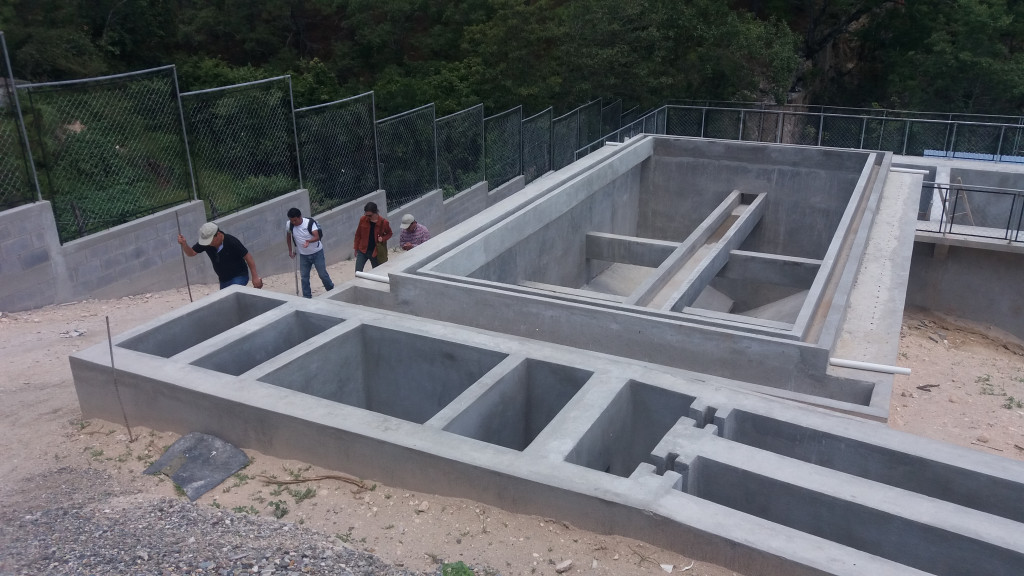
It would seem unwise to invest $70 million on infrastructure and then nothing on the development of operation and management capacity, but this is what the Guatemalan government currently seems to be doing. And they are not alone, as this seems to be a common way of rolling out large engineering-led infrastructure programs.
Unfortunately, experience has shown that the long-term outlook for the plant is not good, and it is highly probable that it will fail and eventually be abandoned. There are many such examples littered throughout Africa, Asia, and Latin America – not because of the quality of the construction, but because of the quality of the management systems. The 345 houses connected to the system in San Bartolomé pay no sanitation tariff and only 5 Quetzales (US $0.65) for their water, and even this is not routinely collected. Any form of infrastructure needs a regular flow of money both for the day-to-day operating costs and the occasional injection of larger funds for major repairs and expansion. Systems need to grow as towns grow.
On the surface the solution is easy: the household should pay a fair and realistic tariff to cover all the costs, and this needs to be routinely collected. After all, if a household can regularly pay Q65 (US $8.55) a month for their television service, surely a water and sanitation tariff of Q40 is affordable. Rafael agrees, "They could afford to pay Q40 a month, but it will be difficult." Dig a little deeper into the problem, and local politics raises its ugly head. The mayor, who is the person with the power to increase the tariff, is elected every four years. It would be hard for any mayor who wants to be re-elected to be seen as responsible for charging more for water. Water is life, after all, and imposing a charge would be political suicide. It is also hard socially, when your mother, brothers, friends, and relations all live in the small town and would never forget that their own flesh and blood was responsible for emptying their pockets. The mayor would never be remembered as the person who saved the town’s sanitation systems or the one who enabled their children’s children to benefit from safe sanitation.
The simplest political and social solution to funding scheme costs, and the one which is used now, is for the municipality to pay for everything. This is a great solution if you are a community member and good for the mayor as it carries little political risk; we all would like free water and sanitation. With this route, unfortunately, the decision to employ operators and staff to maintain the sewer network and plant has to compete with hundreds of other budget requests and spending priorities, priorities that the financially over-stretched municipality already struggles to meet.
Even if the mayor agreed, there is no guarantee that the next one or the one after would not overturn the decision. Such methods of financing short-term solutions are not good at coping with major repairs which require significant investment, or for the expansion of the system, or even meeting the day-to-day operating costs. The finance system is not fit for purpose.
The same finance system is also starving funds to the municipal water supply system which is now firmly on the slippery slope to abandonment – parts of the system don’t work, the supply is often interrupted, new houses are not connected, and trouble is brewing in the catchment area. Such scenarios usually playout until the supply reaches a crisis point, when the only options are to search for national government money for a new scheme or to hope that a Santa Claus-like international non-governmental organization (INGO) will turn up and miraculously make everything nice again. The underlying problems remain untouched, although the symptoms have been alleviated, until the next time.
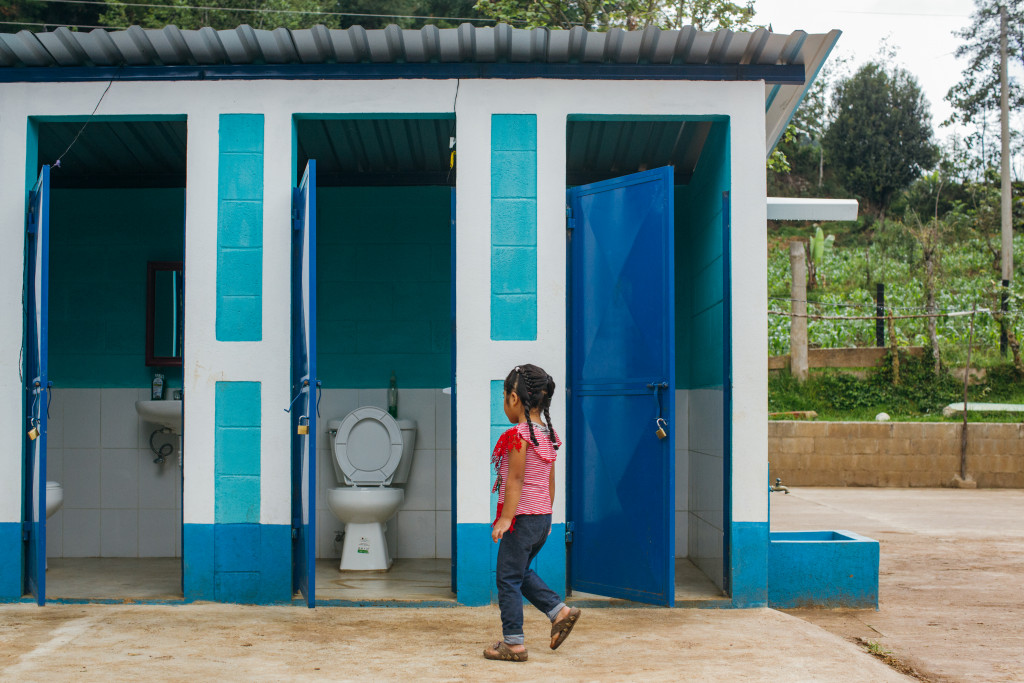
Water For People is committed to Everyone Forever and to tackling the systemic problems that impact the sustainability of water and sanitation schemes. For Water For People, doing nothing about the causes of system failure is not an option. But what to do?
The first step is a full technical assessment of the sewer network and the water supply system to gain an in-depth understanding and the investment needed to get both systems ‘reasonably functional.’ This assessment also estimates of the cost of expansion to households not served, especially those which would be relatively easy to connect.
Secondly, the municipal government must decide on staffing, how to undertake minor repairs, and how to pay for the day-to-day operation needs. From this, the capital and operational expenditures can be calculated which, in turn, enable discussions to begin about the thorny subject of tariff increases. These can now be grounded in reality and not get lost in the realms of the unknown and conceptual. Water For People has developed an AtWhatCost tool to provide a more transparent and easy method for normal people, as opposed to accountants, to understand the balance between income and expenditure, and this tool helps set realistic and sustainable tariffs. The tool can also help provide reassurance to the municipal population that the rates are not exploitative, and their hard-earned money is not going to be lining the pockets of rich American capitalists. If community members agree, and the new tariff gains some groundswell of support, the mayor’s decision to increase the tariff becomes easier, and chances of being re-elected are not completely lost without a trace.
Now for the difficult bit: who is going to manage the schemes? The managing organization will need regular injections of investment money to expand the system and keep the networks in good condition. National rules prevent the municipalities from borrowing money on the open market (for very good reasons), so they have to be ruled out as a candidate for a managing body. Some form of community management system could work, but such approaches work best when the system are fully operational and in good condition, not when they require significant investment and changes to ‘business as usual’. The options are limited, with perhaps the most interesting avenue being through a private sector company. The track record of private businesses managing water supplies in Latin America is not good, and the lessons of the water wars of Cochabamba cannot be ignored. "In Bolivia, shifts towards the privatisation of water supply and sewage services caused strong dissatisfaction, resulting in the eruption of social conflict" (Global Water Partnership, 2017). Any form of privatization will not be easy, yet it is paramount to ensure high levels of local participation and transparency – something the private sector is not generally good at, but something in which INGOs excel.
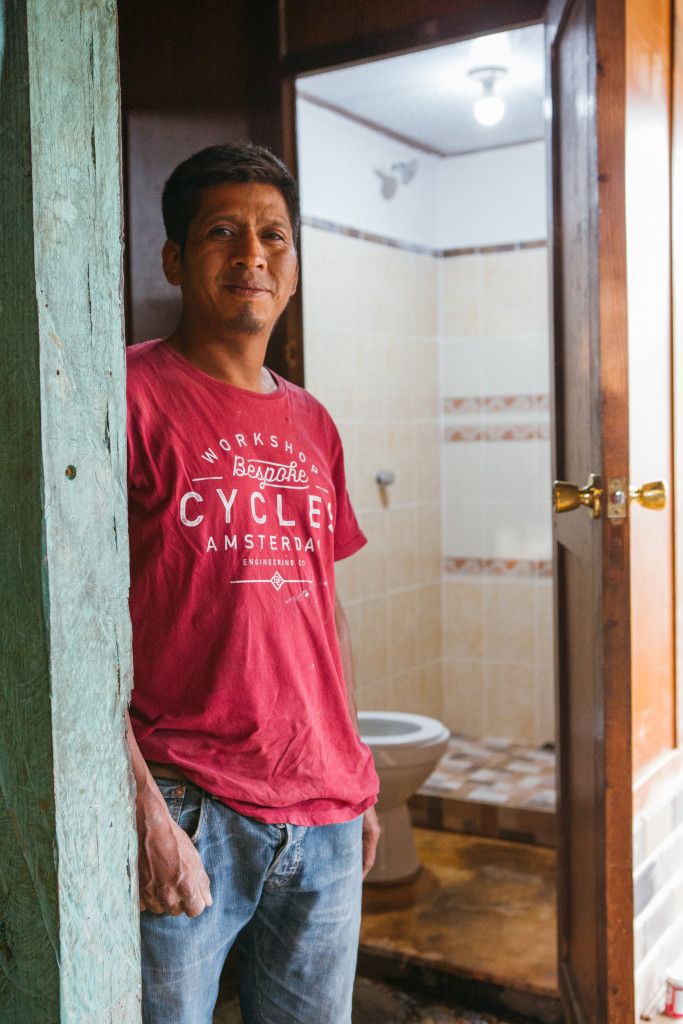
Being an isolated, agriculture-based small town, San Bartolomé businesses are small traders, shop keepers, and food outlet owners, none of which are really suited to providing and delivering complicated water and sanitation management services. Investors also prefer the recipients of loans to be larger, trustworthy businesses with good fiscal discipline and the ability to create and keep to a realistic business plan. Larger companies with such attributes may be present in bigger urban cities, but are unlikely to be interested in the low margins generated from just one municipality, using an untested process, an untested business model, and one that may cause some social unrest and have limited political support. Any business willing to work with such risks automatically could rule itself out for a loan on the grounds of lack of fiscal probity and insanity.
As Arthur Conan Doyle postulated, "When you have eliminated the impossible, whatever remains, however improbable, must be the truth."
The truth in this case is that if Water For People wants to achieve Everyone Forever in San Bartolomé, then it has to step up to the plate and directly engage in management of the water and sanitation scheme. It is painful, but it’s the truth. The aim would not be for Water For People to make a profit; indeed it is important to clearly demonstrate that Water For People operates only on a not-for-profit basis and any excess income which may result will be ploughed directly back into the scheme in San Bartolomé. The objective of this direct involvement (which is a departure from the Everyone Forever model of leading from behind) is to break the current financial impasse, to focus on long term sustainability, and to achieve a paradigm shift in the way small town schemes are managed in Guatemala and beyond.
After five years, when the management system and business model have matured and water bill payment has moved from being controversial to being routine, then it will be possible to spin the business off from Water For People, to expand from five to 20 towns, and to hand over the management to a regulated, socially ethical, for-profit business or some form of community based management system.
The direct involvement of Water For People, however unpalatable, would seem to be the best path to change the management system from moribund and dying to viable, sustainable, and thriving. It will be a bold a departure from the Water For People current way of working and will take courage with being comfortable with high levels of risk. Courage, I believe, is one of Water For People’s key strengths.

